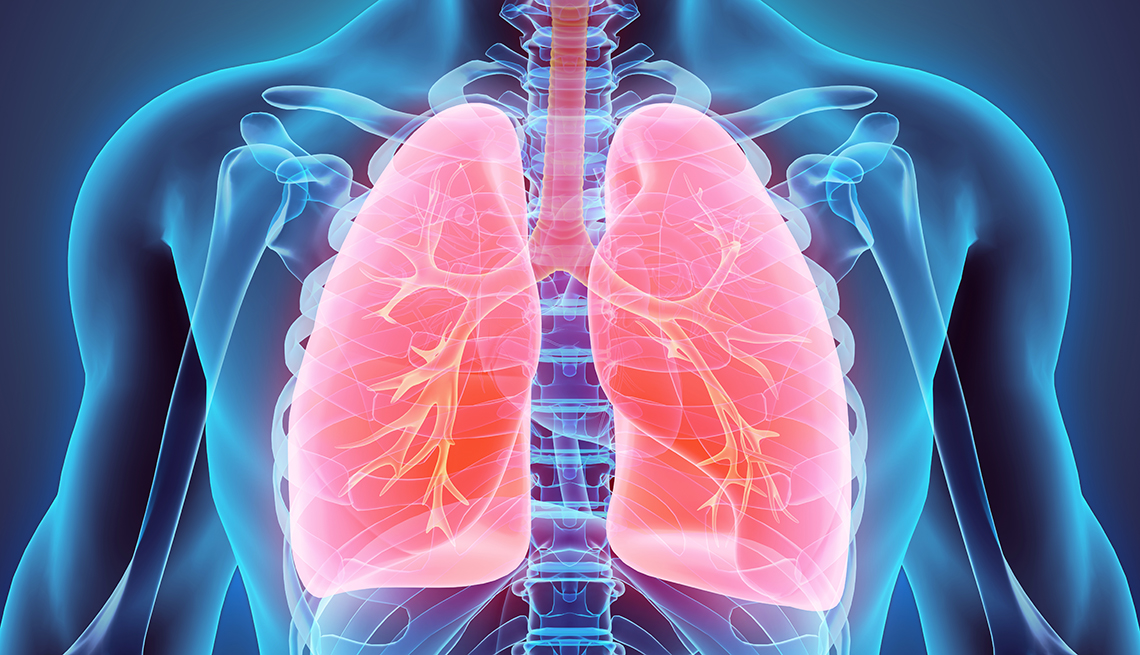Copd and increased risk of illness from covid-19
- Select a language for the TTS:
- UK English Female
- UK English Male
- US English Female
- US English Male
- Australian Female
- Australian Male
- Language selected: (auto detect) - EN

Play all audios:

COPD patients may also be at greater risk for catching the disease in the first place, Schachter says. Cigarette smoking, which often precedes COPD, and COPD itself are known to increase the
number of ACE (angiotensin-converting enzyme) receptors — the structures on the surface of airway cells — that the COVID virus attaches to and then penetrates. Getty Images CORONAVIRUS
THROUGH THE BODY Learn more about COVID-19's effects on organs and existing conditions: STEPS TO TAKE TO PROTECT YOURSELF For these reasons, experts say COPD patients need to be
especially diligent about avoiding exposure to the virus. “We offer the same advice we would give folks with chronic lung conditions when there are poor air-quality days, like a muggy period
of summer: Stay inside as much as possible,” says Jonathan Parsons, M.D., a pulmonologist and associate professor of internal medicine at the Ohio State University Wexner Medical Center.
During this time, physical distancing, good hand hygiene and wearing a mask are also critical. It’s also more important than ever to manage your condition. “This includes vaccination against
flu and pneumococcus, and treatment of the airway obstruction with appropriate bronchodilator and anti-inflammatory medications, and oxygen use as indicated by your physician,” Schachter
says. If your COPD symptoms worsen, get help immediately. “Some people, out of a concern about contracting COVID, are ignoring or minimizing symptoms and pushing back at the idea of coming
in seeking in-person medical attention when they really need it,” says Benjamin J. Seides, M.D., director of interventional pulmonology at Northwestern Medicine Central DuPage Hospital.
“We’ve seen an increase in patients presenting with non-COVID-related problems who have waited a lot longer than they normally would to come to the hospital, thereby making their problems
less manageable.” If you develop flulike symptoms, difficulty breathing, or notice a bluish or purplish color in your lips or fingertips, call your doctor right away, Worsham says. The same
goes if you use oxygen at home and find that you need more oxygen than usual. And don’t rely on store-bought pulse oximeters — devices that go over the fingertips to measure oxygen levels —
to gauge your lung health. “These can be very inaccurate and can provide false reassurance,” Worsham says. “Again, the best thing to do with breathing or oxygen concerns is to call the
doctor’s office.” If you do end up with COVID, keep in mind that most patients — including those with COPD — survive. “Every day we’re getting better at managing these patients,” Seides
says.